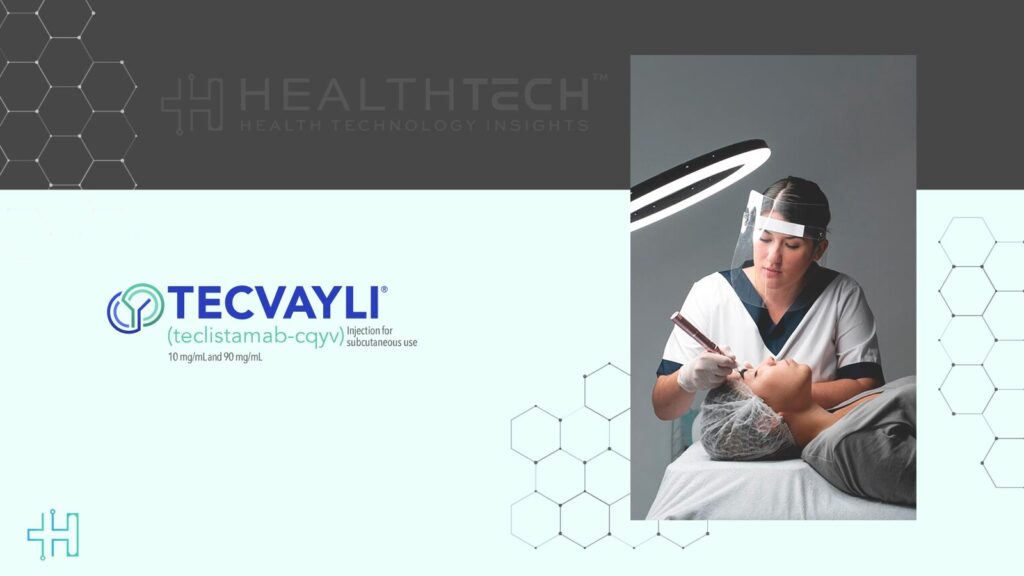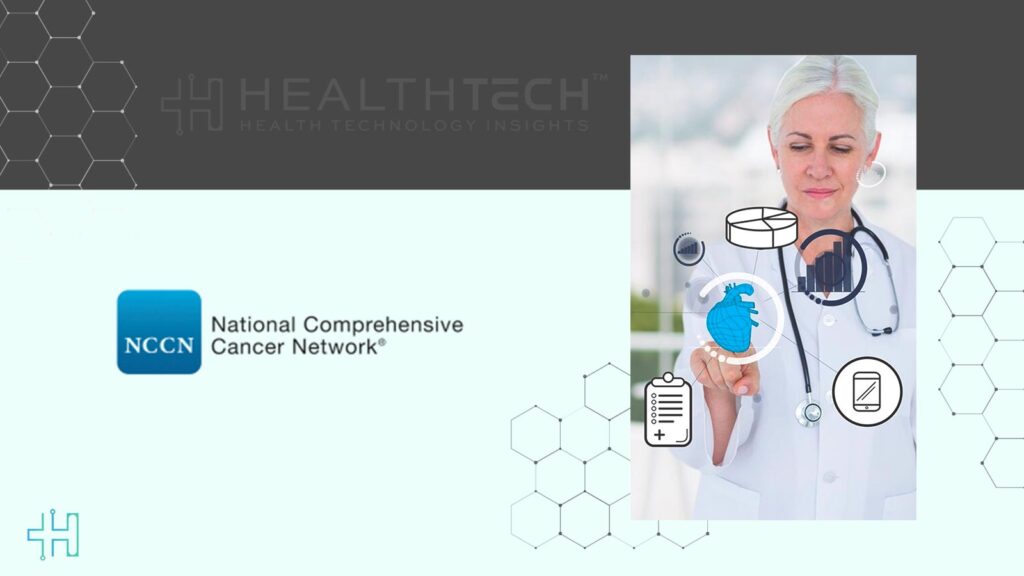100 percent of evaluable patients for minimal residual disease (MRD) testing achieved MRD negativity in MajesTEC-5 as induction therapy and MajesTEC-4 as maintenance therapy
Johnson & Johnson announced new frontline data featuring TECVAYLI from two investigational studies in patients with newly diagnosed multiple myeloma (NDMM) in induction and maintenance settings. The MajesTEC-5 and MajesTEC-4 studies establish the potential of TECVAYLI for use in newly diagnosed patients, with promising efficacy and a tolerable safety profile. These data were highlighted as oral presentations at the 2024 American Society of Hematology (ASH) Annual Meeting.
HealthTech Insights: Smart Data Solutions Expands with New Global HQ, Accelerating AI-Driven Healthcare Automation
Forty-nine patients with transplant-eligible NDMM were treated with TECVAYLI® in combination with DARZALEX FASPRO, lenalidomide and dexamethasone or DARZALEX FASPRO®, bortezomib, lenalidomide and dexamethasone (Tec-DVRd) as induction therapy in the MajesTEC-5 study.1 All patients who were evaluated for MRD negativity after cycle 3 of induction therapy achieved MRD negativity (10-5) and maintained through cycle 6.1
“These data from the MajesTEC-5 study build on the growing body of evidence of TECVAYLI combinations that support the potential combinability of TECVAYLI with other effective therapies, demonstrating high rates of MRD-negative responses for evaluable patients with newly diagnosed multiple myeloma,” said Rachel Kobos, M.D., Vice President, Oncology Research & Development, Johnson & Johnson Innovative Medicine. “At Johnson & Johnson, our deep expertise and understanding of multiple myeloma has shaped the regimens we’re developing, including our bispecific antibodies in new combinations, and we’re committed to exploring the full potential of our therapies to improve outcomes for patients.”
HealthTech Insights: Hyundai Supports UCI Health with Diabetes Donation
The safety profiles were manageable and consistent with individual safety profiles. No treatment-emergent adverse events (TEAEs) led to study treatment discontinuation or death; cytokine release syndrome (CRS; Grade 1 or 2) occurred in 65 percent of patients.1 No patients experienced immune effector cell-associated neurotoxicity syndrome (ICANS).1 Grade 3/4 TEAEs included lymphopenia (43 percent), neutropenia (57 percent) and infections (35 percent).1
“There remains opportunity to achieve even deeper and more sustained outcomes for a broader patient population in the frontline setting,” said Marc S. Raab, M.D., Heidelberg University Hospital, Germany.* “These data reinforce the potential of TECVAYLI when used in earlier lines and show that TECVAYLI can be leveraged to optimize existing standard regimens in combination.”
Results from the safety run-in of the Phase 3 MajesTEC-4 study highlighted the potential of TECVAYLI® to be administered as a maintenance therapy following autologous stem cell transplant (ASCT).2 MajesTEC-4 is the first study to present data on a B-cell maturation antigen (BCMA) bispecific as monotherapy or combination therapy after ASCT.
HealthTech Insights: ESYA Labs Partners with Alamar Biosciences to Advance Biomarker Detection and Diagnostics for Neurological Diseases
Low rates of non-hematologic Grade 3/4 TEAEs and discontinuation of treatment due to all TEAEs (5.3 percent) were observed. CRS events were all Grade 1/2, mostly occurring during step-up dosing, and ICANS was not observed. Neutropenia and infections were the most common Grade 3/4 TEAEs. Grade 3/4 neutropenia at 6 months showed a decreased trend in cohorts 2 and 3 with less frequent TECVAYLI® dosing (cohort 1: 94 percent, cohort 2: 63 percent, cohort 3: 47 percent). A similar trend was observed for all-grade infections (cohort 1: 94 percent; cohort 2: 78 percent; cohort 3: 77 percent). All evaluable patients in cohort who underwent MRD assessment after 12 months of therapy were MRD negative, and 100 percent of evaluable patients assessed in cohorts 2 and 3 were also MRD negative at cycle 6.
To participate in our interviews, please write to our HelthTech Media Room at news@intentamplify.com
Source – Prnewswire



